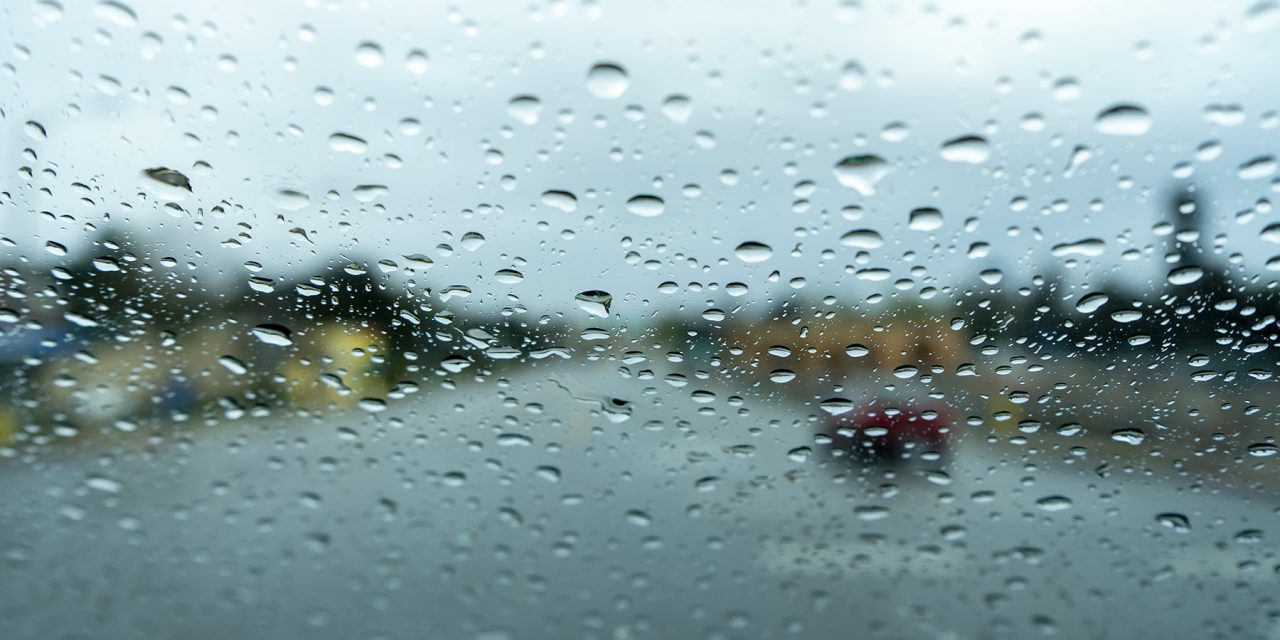Meteorologist John Lindsey recommended prepping an emergency kit in case electricity is knocked out
What started as a dismal rain season begins to show promise. Although it wasn’t exactly the “Miracle March” that people hoped for, meteorologist John Lindsey said additional April showers might provide the precipitation the Central Coast needs.
“I think March was great,” Lindsay said. “We almost had double the amount on average that we normally receive in March, so I called it a mini-miracle March or a minor miracle March,” Lindsey said. “After a nearly dry January and a completely parched February … to see that much rain in March was definitely something to celebrate, and now it looks like we may get a miracle April.”
A northern high-pressure system threw a kink into the precipitation machinery through January and February, so much so that it was the driest February on record. Lindsey said that relief came when a high-pressure system moved to allow steering winds to push cold, wet air southward. Lindsey noted that current meteorological projections show that April may produce double or triple the amount of rainfall for the month.

The unseasonably dry January and February led to a level one drought status (D1) —a moderate drought category which corresponds to an area where damage to crops and pastures can be expected, and where fire risk is high, while stream, reservoir, or well levels are low according to the National Oceanic and Atmospheric Administration (NOAA). However, the March rains pushed San Luis Obispo County to D0 — “abnormally dry.” Scientists consider D0 areas to be dry, but not “necessarily experiencing drought conditions.” Drought levels range from D0 up to D4, which is the most extreme drought level.
“Hopefully, with this rain that we are expecting in April, it may at least keep us at abnormally dry, and may even move [out] of being abnormally dry,” Lindsey said. “We’ll see what transpires, but if we get as much rain as I think we’ll get, that’s going to go a long way that will help keep us out of a drought situation.”
The late rains with plenty of sunshine also marks the weed abatement season is upon us. With the fire season approaching, it is crucial to take preventative measures seriously.
“This is the prime growing period for [weeds],” Lindsey said. “They way I look at it, it’s good to get a head start on it while you have the conditions, and of course when it gets so wet, you really can’t go out there and weed. It’s probably a good idea to get an early start on weeds.”
Rain is expected to begin tonight and continue through Tuesday with a projected total of two inches from the storm. On Saturday, Lindsey reported that power outages may occur due to the incoming storm and recommended prepping emergency kits.
See full annual rainfall totals.
More from John Lindsey:
Sunday’s storm could produce power outages. PG&E is committed to delivering safe and reliable power to each of our customers every day. We continuously work to safeguard our electric system to minimize the risk of service interruptions. During storms, when outages may occur, our crews and emergency response teams do everything they can to keep the lights on. When storms result in an interruption to your service, we do our best to restore service as quickly and as safely as possible.
Take steps now to stay safe in the event of a power outage:
- Keep a battery-operated flashlight and radio within easy reach. Ensure those items are always accessible and that your batteries are fresh. Listen for updates on storm conditions and power outages.
- Use safer LED candles. Wax candles are not recommended.
- Plan for another way to communicate. Donít depend on a phone that requires electricity to communicate. Keep a standard handset or mobile phone ready as a backup.
- Store water-filled plastic containers in your freezer. You can use them as blocks of ice to prevent food from spoiling in your refrigerator.














